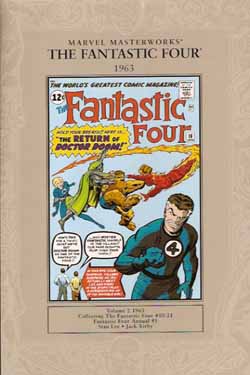 Â
Â
By Stan Lee & Jack Kirby, with Dick Ayers and various (Marvel/Panini UK)
ISBN 978-1-905239-61-0
Here’s another cheap’n’cheerful UK edition of early Marvel landmarks, this time starring the first family of super-heroics.
1963 was a pivotal year in the development of Marvel. Lee and Kirby had proved that their new high concept – more human heroes with flaws and tempers – had a willing audience. Now they would extend that concept to a new pantheon of heroes. Here is where the second innovation would come to the fore.
Previously, super-heroes were sufficient unto themselves and shared adventures were rare. Here, however was a universe where characters often tripped over each other, sometimes even fighting each other’s enemies! Even the creators themselves might turn up in a Marvel Comic! Fantastic Four #10 features ‘The Return of Doctor Doom!’ wherein the arch villain uses Stan and Jack to lure the FF’s leader into a trap where his mind is switched with the bad Doctor’s. Issue #11 has two stories, ‘A Visit with the Fantastic Four’ and ‘The Impossible Man’ as the innovations continue, in a travelogue and a baddie-free, comedic tale.
FF #12 features a crossover as the team are asked to help the US army capture ‘The Incredible Hulk’, followed by ‘Versus the Red Ghost and his Incredible Super Apes!’, a cold war thriller pitting them against a soviet scientist in a race to be the first on the Moon. This tale is notable both for the moody Steve Ditko inking (replacing the very adroit Dick Ayers for one episode) of Kirby’s artwork and the introduction of the cosmic voyeurs called The Watchers.
Issue #14 features the return of ‘The Sub-Mariner and the Merciless Puppet Master!’ followed by ‘The Fantastic Four Battle … The Mad Thinker and his Awesome Android!’. Number #16 tells of ‘The Micro-World of Doctor Doom!’ in a spectacular romp guest-starring new hero the Ant-Man, and that villain instantly returns with infallible, deadly traps in ‘Defeated by Doctor Doom!’ A shape-changing alien with all their powers is next to menace our heroes in ‘A Skrull Walks Among Us!’ and issue #19 introduces one of the company’s greatest super-villains as the FF become ‘Prisoners of the Pharaoh!’. This time travel tale has been revisited by so many writers that it is considered one of the key stories in Marvel history. Fantastic Four #20 introduces ‘The Mysterious Molecule Man!’, and the next guest-stars Nick Fury, fresh from his own World War II comic book (and soon to be the company’s answer to James Bond) to battle ‘The Hate-Monger!’ (inked by veteran George Roussos, using the protective nom de plume George Bell).
The rest of the book is taken up with reprinting the first summer Annual, a spectacular thirty-seven page epic battle as Atlantis invades New York City, and presumably the rest of the world, in ‘The Sub-Mariner versus the Human Race!’. Also included is the charming short tale ‘The Fabulous Fantastic Four meet Spider-Man!’, a re-interpretation of the first meeting between the two most popular Marvel brands from the premiere issue of the wall-crawlers own comic. Drawn this time by Kirby, Ditko once more applied his unique inking for a truly novel look. Here are also a swatch of pin-ups and information pages illustrated by Kirby and chums.
Although possibly a little dated in tone, these are still classics of comic story-telling illustrated by one of the world’s greatest talents just approaching his mature peak. They are fast, frantic fun and a joy to read or re-read. This bright, joyous introduction (or even reintroduction) to these characters is a wonderful reminder of just how good comic books can be.
© 1963, 2007 Marvel Characters, Inc. All Rights Reserved.
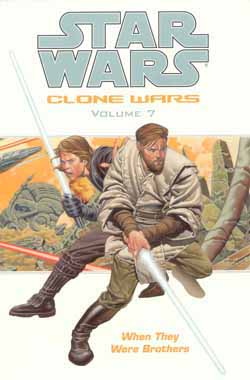 Â
 
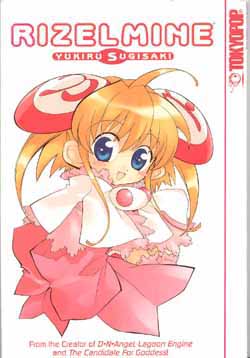 Â
 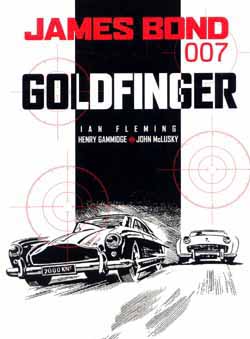 Â
 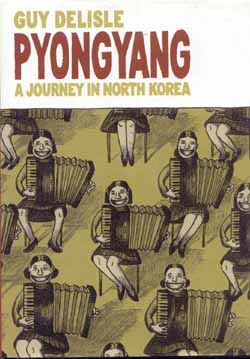 Â
 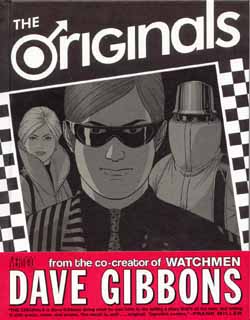 Â
 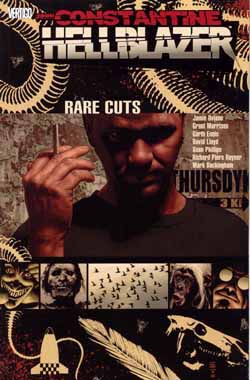 Â
 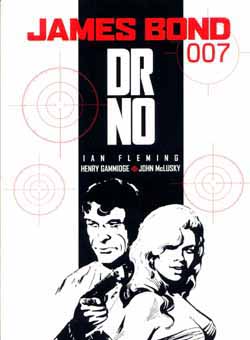 Â
 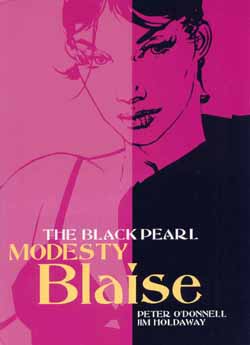 Â
  Â
 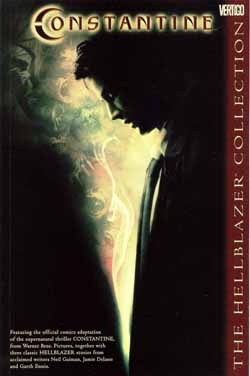 Â
Â